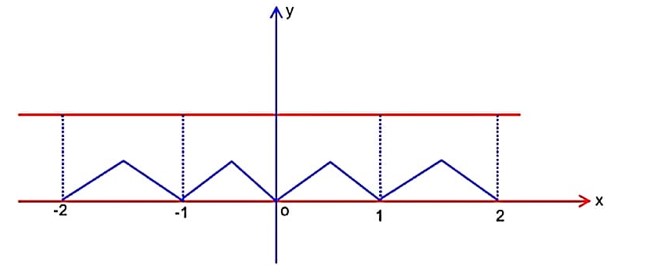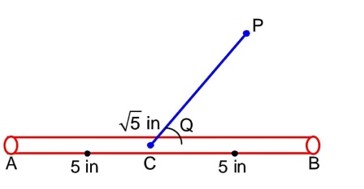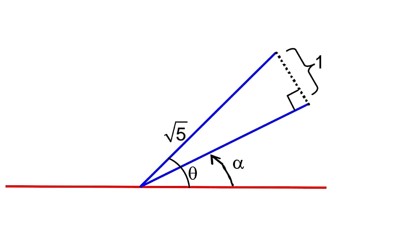Maths
Get insights from 6.5k questions on Maths, answered by students, alumni, and experts. You may also ask and answer any question you like about Maths
Follow Ask QuestionQuestions
Discussions
Active Users
Followers
New answer posted
3 months agoContributor-Level 10
Let P (h, k) be the mid point of the chord x2 – y2 = 4
its equation is xh – yk = h2 – k2
if this line is tangent to y2 = 8x then
New answer posted
3 months agoContributor-Level 10
System of equations can be written as
R3 – R2, R2 – R1
For unique solution
For no solution
Taking an Exam? Selecting a College?
Get authentic answers from experts, students and alumni that you won't find anywhere else
Sign Up on ShikshaOn Shiksha, get access to
- 65k Colleges
- 1.2k Exams
- 679k Reviews
- 1800k Answers





